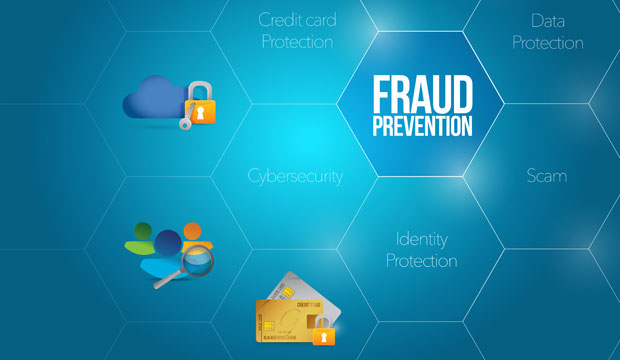Even with most countries’ present situation, eCommerce is on the rise, with essential items such as food and medicine on top of the list of products that are being ordered on different platforms.
Although hackers are slowly diverting their attention from getting into the systems of brick-and-mortar shops to online stores on the web, fraudsters are also prevalent as long as they see a vulnerable site they can get into.
There is a prevalent need for eCommerce fraud protection because of these scenarios, but understanding the reason for the demand is also essential.
The World of Online Fraud
- Definitions Involving Fraud
Fraud happens when a fact is falsely represented willingly. Fraudsters aim to fool someone else so that they can get money, valuable items, or personally identifiable information.
When it comes to eCommerce, fraud happens when a transaction is falsely made in an online store. But how can a purchase be complete without the physical card?
The difference between an online and in-store purchase is, for online transactions, only the card information is needed, and the physical store does not need to be present, unlike in an in-store purchase.
- How Can Fraud Be Detected?
It is difficult to detect potential hackers or fraudsters if they are already lurking within your online store. Still, there are specific details you can look out for so you can anticipate possible fraud.
- Customers who are buying for the first time
- Ordering more than the normal
- Need for quick shipping
- Odd delivery point
- A large amount of order for the same product
- Different addresses registered for shipping
- Registered addresses for shipping and billing are different
- Different cards used from the same IP address
- Contributing Factors to Fraud
- Client verification
When you get verified, it means a company is trusting that you are who you say you are. Similar to whipping out your IDs to prove your identity, as well as notarized documentation as it is both recognized by the government and everyone else.
Although one form of verification is not considering your identity, you hold information that is registered on a system. There are ways to get this done, like confirming a code sent to your phone or email.
These methods, though, are not readily used in eCommerce. It is ridiculous it would look if you would like to buy shoes, but you are requested to provide government documents before the transaction is completed. There seems to be no way for an online business to verify if the individual on the other side of the screen is the person who owns the financial information used in the purchase.
- Unprotected information
The reason why this information is easily accessed is due to the stores. For in-store purchases, your cards are being read on a machine, and these are a fraudster’s favorite point of attack. There are instances where hackers attack the payment institution themselves.
These are also the main points that most eCommerce fraud protection services want to help a business with, as these are the most vulnerable to an attack.
As hackers are keeping themselves updated with the protection that online stores and platforms arm themselves with, it is best to look into a payment platform that protects not only customers’ information, but also the businesses themselves.
If you are a business looking for proper payment protection for your online store, check into past transactions or reports that you receive, and see if investing in one will be a good idea. However, it is best to invest in one as soon as you open an online store so you will not be burdened with issues about fraudulent payments made through your store.
Author – Ben Styles

Leave a Reply